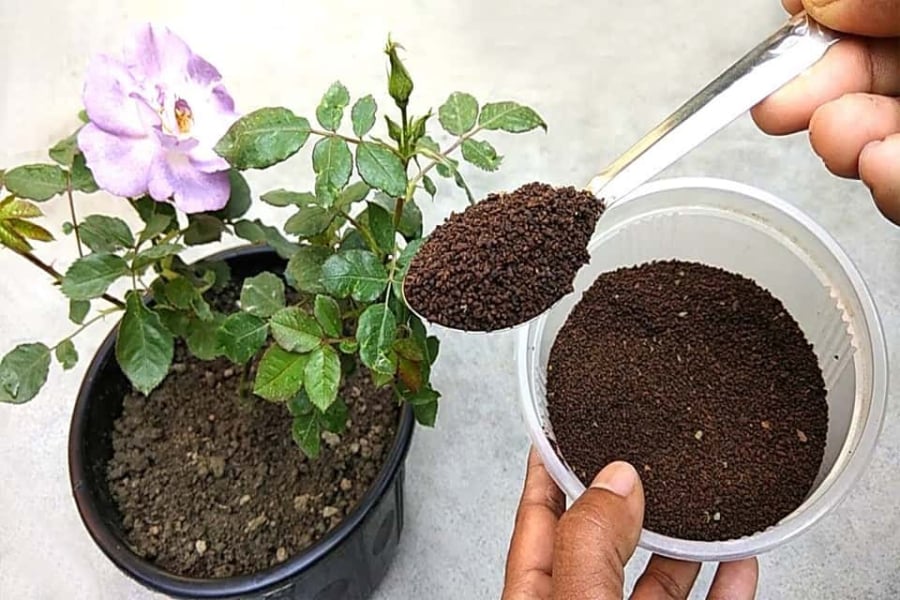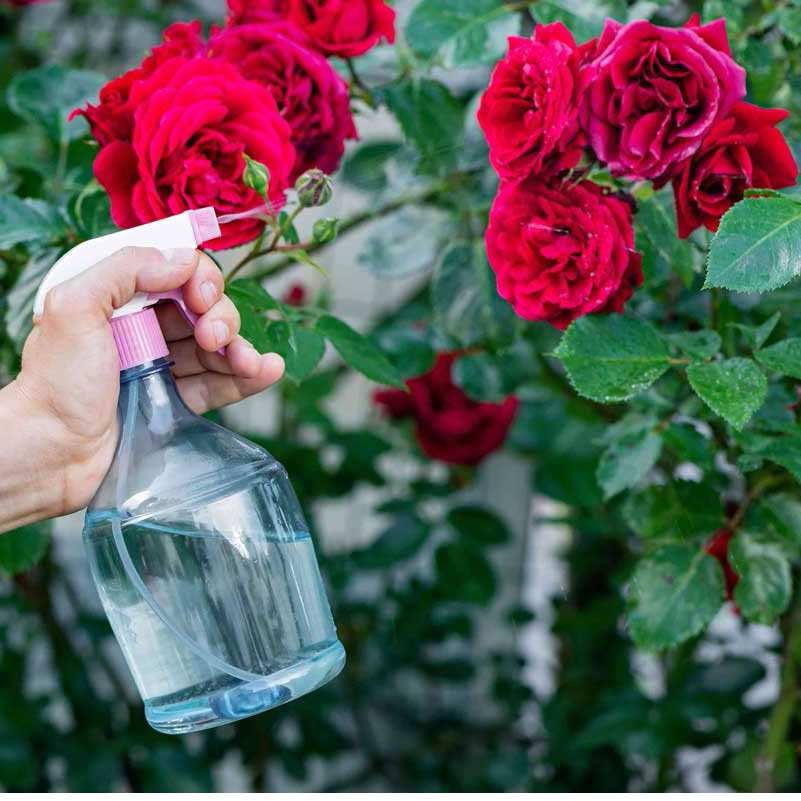Roses, with their wide variety of species and colors, as well as their ability to bloom continuously and maintain their beauty for a long time, are a favorite choice of many flower enthusiasts due to their relatively easy care. By May, the majority of roses have started to enter a period of glorious blooming.
If your roses have not yet bloomed, it may be necessary to apply some specific care measures such as pruning, regular fertilization, limiting watering, and ensuring sufficient light, in order to stimulate bud development and promote the blooming process.
Light Pruning
As May arrives, roses continue to grow vigorously. For bushes that have not yet shown their colors, this is an ideal time to perform thinning pruning. Pruning should be done gently and meticulously, in order to promote the growth of new shoots and create conditions for flower buds to develop. Avoid excessive pruning to avoid negatively affecting subsequent blooming.
It is important to note that roses bloom on new shoots rather than old branches, so be especially careful to prune only old, woody stems and retain new growth, so as not to interrupt the upcoming blooming process.

Pruning should be done gently and meticulously
Diligent Fertilization
Before entering the blooming stage, roses require a significant amount of phosphorus, potassium, and other minerals to support the development of flower buds. Choose a fertilizer that is high in phosphorus and potassium, such as potassium dihydrogen phosphate or Huaduoduo product number 2. Huaduoduo number 2 is rich in nutrients, has the ability to stimulate flowering, and enhances the overall health of roses.
When fertilizing, dilute according to the instructions and apply regularly at least once a week. Continue this process until you notice that the flower buds have turned a darker color and are preparing to bloom.

Before entering the blooming stage, roses require a significant amount of phosphorus, potassium, and other minerals to support the development of flower buds
Water Sparingly
During the rose’s pre-blooming stage, regulating moisture levels is crucial. Overwatering can encourage the plant to develop new leaves and shoots instead of focusing on bud formation. Therefore, reduce watering to a moderate level to encourage the plant to shift its focus to producing flower buds.
In cases where the rose is experiencing health issues or disease, sufficient water should be provided until the plant recovers before considering promoting the blooming process. If, after ensuring that the rose is healthy and receiving adequate nutrients, there are still no flower buds, excessive watering is a likely culprit.
In this scenario, carefully reduce watering. Water only when observing signs of slight wilting in the plant’s leaves.

During the rose’s pre-blooming stage, regulating moisture levels is crucial
Provide Ample Sunlight
Roses are sun-loving plants, and it is only when they receive sufficient sunlight that they can thrive and flower properly. As such, indoor environments are generally not suitable for rose cultivation; they should be planted outdoors where they can receive ample sunlight.
In cases of limited space, placing the rose pot on the balcony or by a south-facing window is a viable alternative, ensuring that the plant receives at least 6 hours of sunlight per day. Exposure to this amount of light is essential for roses to photosynthesize effectively and convert vital nutrients, which directly influences bud development and the quality and quantity of flowers the plant can produce.






























